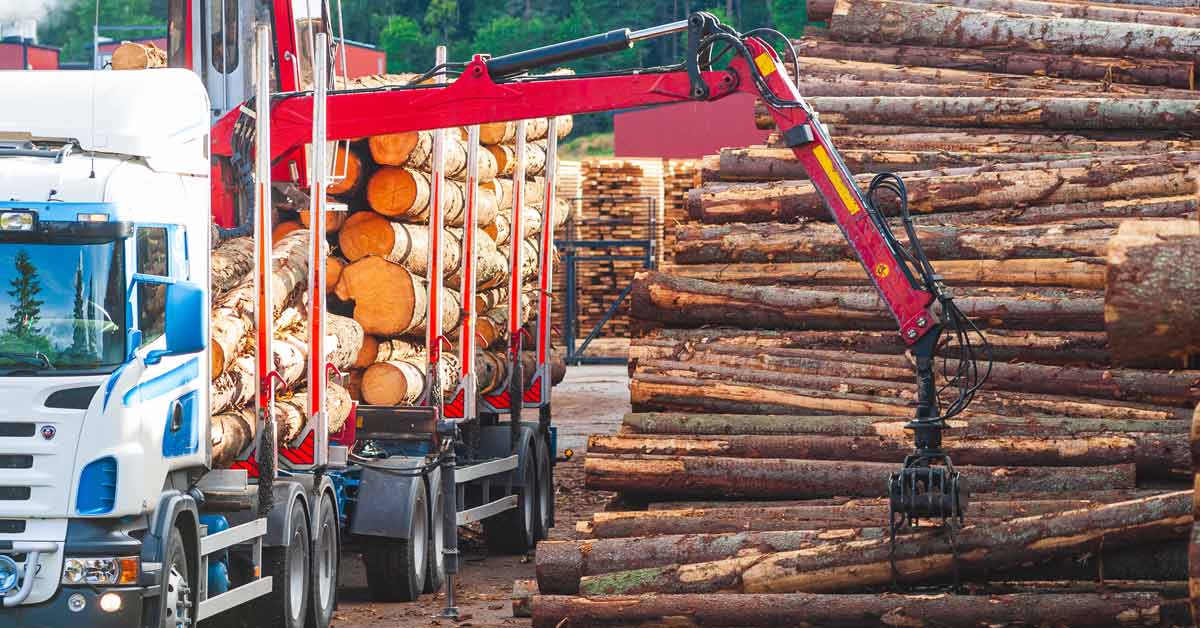3 min read
Insights from the 28th World Chlor-Alkali Conference: Trade Shifts, Demand Pressures, and the Road Ahead
 Hira Saeed
:
Jul 16, 2025 5:29:01 PM
Hira Saeed
:
Jul 16, 2025 5:29:01 PM

At the 28th World Chlor-Alkali Conference held in June 2025, ResourceWise experts delivered a comprehensive look at the global chlor-alkali market and its interlinked sectors. Presentations from Hira Saeed, Carol Li, and Amy Chu revealed how a mix of trade disruptions, economic stagnation, and shifting regional dynamics are reshaping the industry in real time. From export rerouting and co-product imbalances to downstream demand shifts and pulp capacity expansions, the message was clear: navigating this market demands adaptability and foresight.
Trade Restrictions Are Reshaping Global Flows
One of the most striking themes was the extent to which trade policy is redrawing chemical trade routes. Anti-dumping duties, tariffs, and new technical standards like India’s BIS certification have significantly disrupted traditional trade flows. For example, US PVC exports to India fell nearly 90% year over year in the first quarter of 2025, driven by ongoing trade investigations and policy changes. In response, producers are exploring alternative export markets to help maintain operating rates as established destinations become more restrictive.
Carol Li’s analysis of Asian markets echoed this trend. China’s exporters are increasingly redirecting shipments toward Southeast Asia, the Middle East, and Central Asia, as India tightens its import criteria. US tariffs on Chinese finished PVC products have added further pressure, contributing to growing fragmentation in global vinyls trade.
 Pictured from left to right: William Bann, Hira Saeed, Carol Li, Lulu Zhao, Amy Chu, and Matteo Baldi—part of the ResourceWise team present at the 28th World Chlor-Alkali Conference in Singapore.
Pictured from left to right: William Bann, Hira Saeed, Carol Li, Lulu Zhao, Amy Chu, and Matteo Baldi—part of the ResourceWise team present at the 28th World Chlor-Alkali Conference in Singapore.
Co-Product Imbalances Driving Market Volatility
Another key challenge discussed was the imbalance between chlorine and caustic soda. Since both are co-produced, a weakness in demand for one impacts the other. With global PVC demand under pressure, especially in construction-linked applications, chlorine offtake has dropped. This has led many producers to reduce output, which in turn has tightened caustic soda supply and created price volatility.
Regional Market Snapshots
In the United States, caustic soda demand remains stable but unremarkable. Growth is modest and mirrors GDP trends. While domestic end-use sectors such as pulp and paper continue to support demand, limited export opportunities and trade risk are capping upside potential. Meanwhile, new PVC capacity continues to come online, intensifying the need for diversified export markets.
Europe is contending with its own set of challenges. The combination of weak construction activity, high energy costs, and regulatory complexity has left the region uncompetitive in global markets. Imports have dropped significantly, not due to protectionism, but because buyers aren’t ordering. Demand is simply too weak. Operating margins are tight, and many producers face tough decisions about capacity utilization and long-term viability.
South America offers a more mixed outlook. Pulp and paper capacity expansions from players like Arauco, CMPC, and Bracell point to growing caustic soda demand. But a chronic imbalance between chlorine and caustic needs continues to constrain new chlor-alkali investment. Brazil's recent hike in anti-dumping duties on US PVC, along with uncertainty surrounding the future of Braskem's Maceió plant, adds to the complexity. If the plant shuts down, the company may begin importing EDC from the US to sustain local PVC output, which could shift trade patterns again.
Pulp and Paper: A Reliable Source of Growth
Amy Chu's presentation focused on the evolving pulp and paper sector, which continues to support caustic soda demand. The industry is steadily transitioning toward packaging, tissue, and specialty pulp products. Global capacity is expected to grow at a rate of 2.2 percent annually, with most of the new investment concentrated in Asia Pacific and Latin America.
ResourceWise estimates that caustic soda demand from the pulp and paper industry will rise by 450,000 tons over the next three years. While this growth is meaningful, it is tempered by structural changes and emerging technologies aimed at reducing chemical use. Innovations such as washable kraft paper and limestone-based materials could begin to reshape the industry’s chemical footprint. Still, for now, the pulp and paper segment remains a source of steady demand in an otherwise uncertain market.
China's Chlor-Alkali and Vinyls Market: A Balancing Act
Carol Li provided an in-depth review of China’s chlor-alkali and vinyls trends. The country has significantly increased its caustic soda production and exports, particularly in the liquid form. Export volumes surged in 2024 and remained strong in early 2025, with Indonesia, Australia, and Taiwan among the leading destinations.
The vinyls side of the market is more challenged. Delays in securing BIS certifications, trade restrictions, and declining domestic construction demand have constrained export growth. To adjust, China is exploring greater VCM exports and shifting its focus to new markets in Central and Southeast Asia. Caustic soda, by contrast, remains in higher demand and continues to support positive ECU margins.
Looking Ahead
The chlor-alkali market in 2025 is being shaped by a powerful mix of economic, regulatory, and structural forces. Global producers are navigating unstable trade flows, weak demand for key downstream products, and co-product imbalances that are difficult to manage under traditional operating models. At the same time, there are pockets of resilience and opportunity, particularly in the pulp and paper sector and select emerging markets.
Adaptability will be essential. Success in this environment depends on the ability to respond quickly to trade shifts, diversify market exposure, and manage cost structures effectively across both mature and developing regions.
Stay Informed: Join Us in 2026
If the insights shared at this year’s conference helped sharpen your strategic outlook, consider joining us at next year’s event. The 29th World Chlor-Alkali Conference will bring together global experts, industry leaders, and decision-makers to explore the latest market shifts and opportunities.
Register your interest today to receive early access to the agenda, speaker updates, and priority registration: https://events.icis.com/website/8580/
Be part of the conversation shaping the future of the global chlor-alkali industry.




